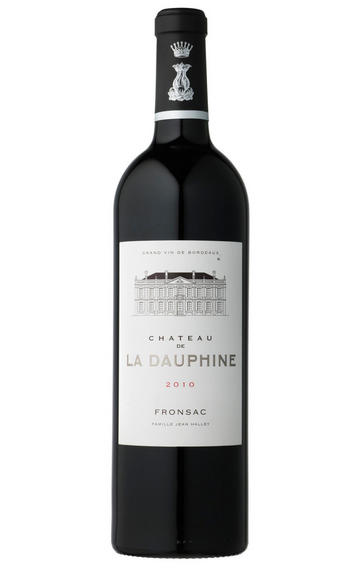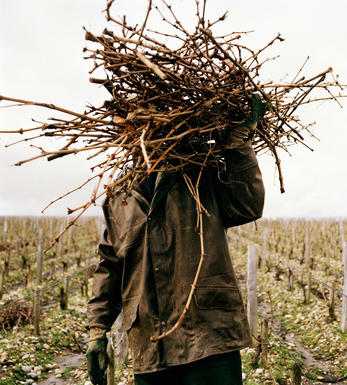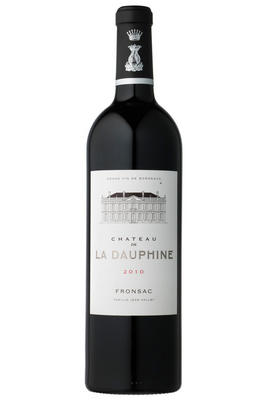
Critics reviews
Robert Parker Wine Advocate #205 Feb 2013
About this WINE

Ch. La Dauphine
Ch. La Dauphine is one of the largest estates in Fronsac, and their wines are forward, approachable and well-priced. The château was built between 1744 and 1750 by Jean-Baptiste de Richon, lawyer to the Paris parliament in the Duchy of Fronsac.
Princess Maria-Josepha of Saxony, the Dauphine of France, wife of Louis, Dauphin of France and mother of the last kings of France including Louis XVI, spent several days at the château soon after it was built. Her visit contributed to the development of the property’s reputation. In 1985 François-Régis Marcetteau de Brem, the last descendant of the Olivier family, sold La Dauphine to the Moueix family of Libourne (Pétrus, Châteaux Trotanoy and Magdeleine). Jean Halley acquired the Château from the Moueix family in 2000.
The southerly exposed vineyard in Fronsac, 40 hectares total, takes the form of an amphitheatre, with a 60 metre height difference separating the highest and lowest parcels. The vinification, overseen by Michel Rolland, takes place in concrete vats and stainless steel tanks. The wines mature in separate batches in oak for 12 months (1/3 of new barrels). The typical blend is 90% Merlot 10% Cabernet Franc.

Merlot/Cabernet Franc
Merlot and Cabernet Franc are grape varieties commonly used in Bordeaux-style blends, particularly in the Bordeaux region of France. When these two grapes are blended, they can create a wine that combines the best characteristics of each variety.
Merlot is known for its smoothness, soft tannins, and ripe fruit flavours. It often contributes black cherry, plum, and chocolate flavours to the blend. The grapes are relatively easy to grow and ripen earlier than other Bordeaux varieties, making them versatile for blending.
Cabernet Franc, on the other hand, adds structure, depth, and complexity to the blend. It typically brings aromas of red fruits such as raspberry and strawberry, along with herbal notes like bell pepper and tobacco. These grapes have thinner skins and can be more challenging to cultivate, requiring specific growing conditions to reach their full potential.
When Merlot and Cabernet Franc are combined, the result is a well-balanced wine with various flavours and aromas. The blend often exhibits a Bordeaux wine's medium to full body, along with a smooth texture and moderate tannins. The specific flavour profile can vary depending on the proportions of each grape in the blend and the terroir and winemaking techniques employed.



Buying options
Add to wishlist
Description
Ch. La Dauphine, which has been on a qualitative roll, is one of the largest estates in Fronsac, and their wines are both easily found and fairly priced. An attractive cranberry and mulberry-like fruitiness with hints of underbrush and damp earth permeates this medium-bodied, stylish, mid-weight wine. Dark ruby, it is soft enough to be consumed over the next 5-6 years, but seems to have adequate stuffing to possibly last longer.
Robert Parker Wine Advocate #205 Feb 2013
wine at a glance
Delivery and quality guarantee